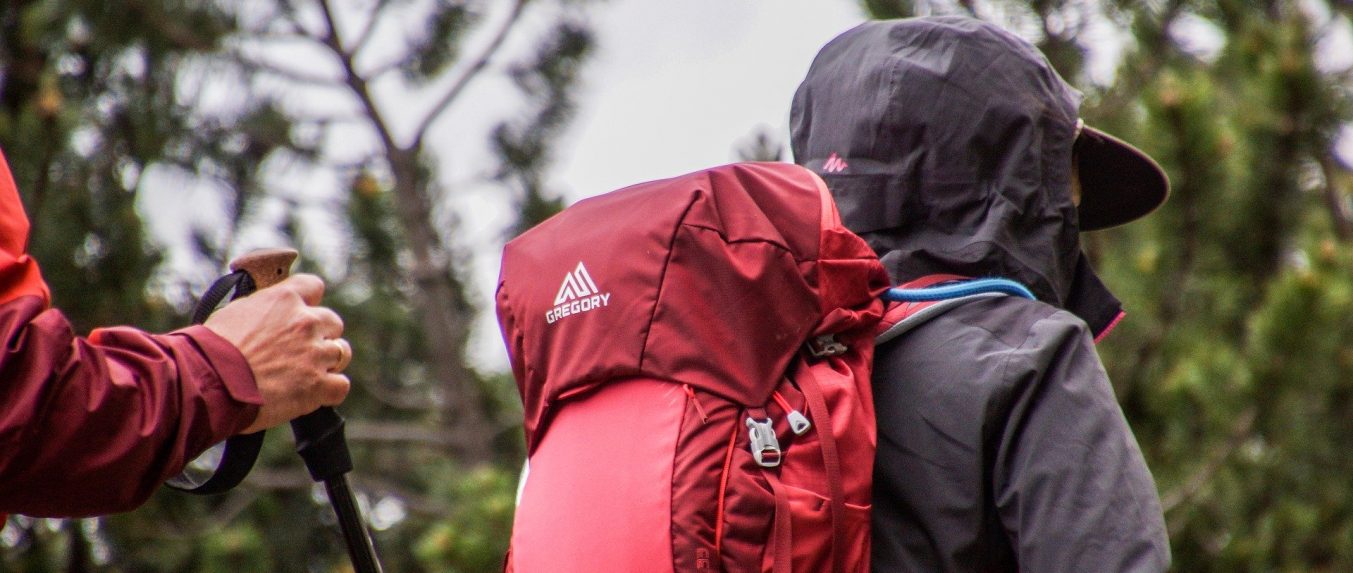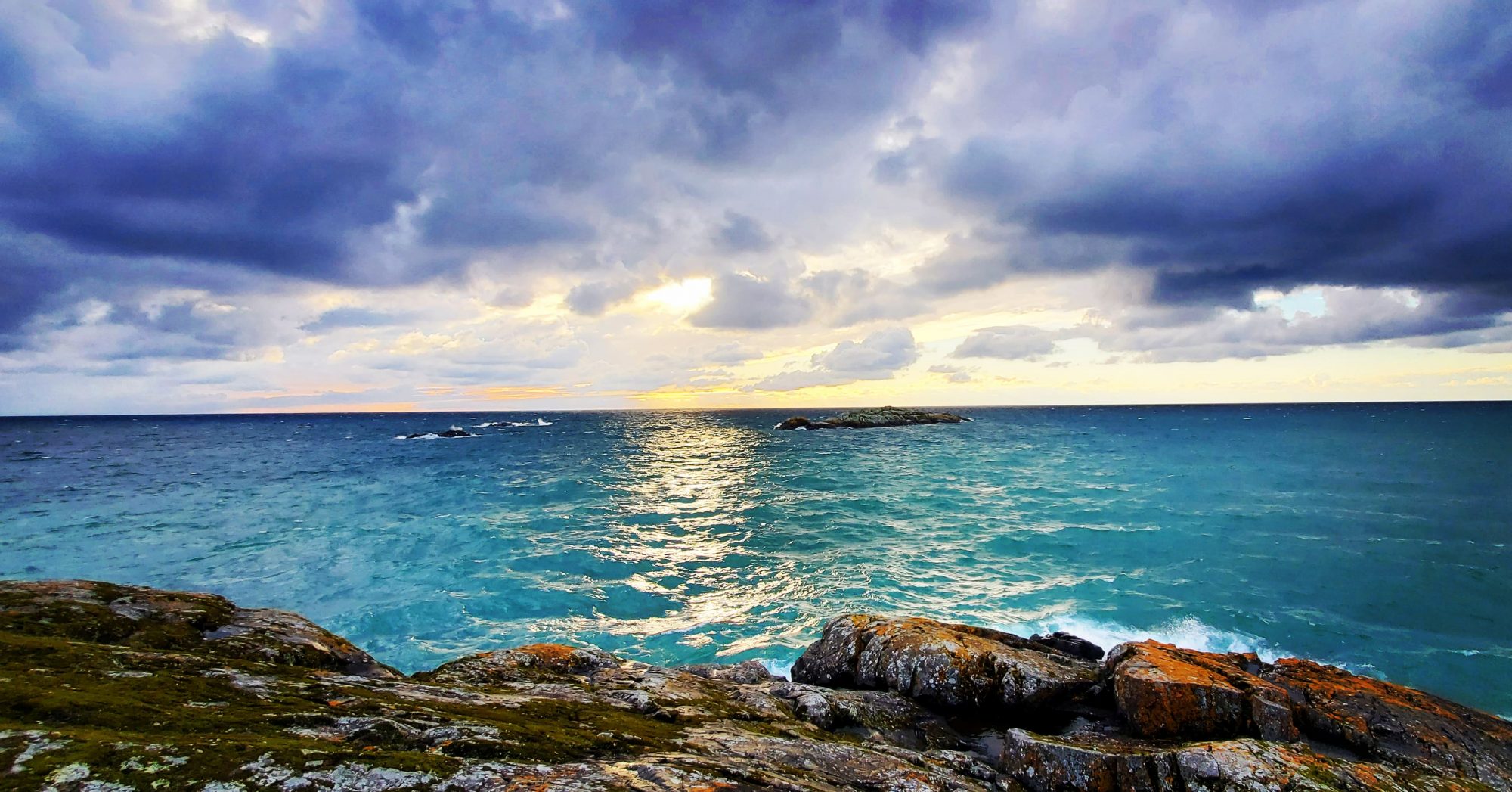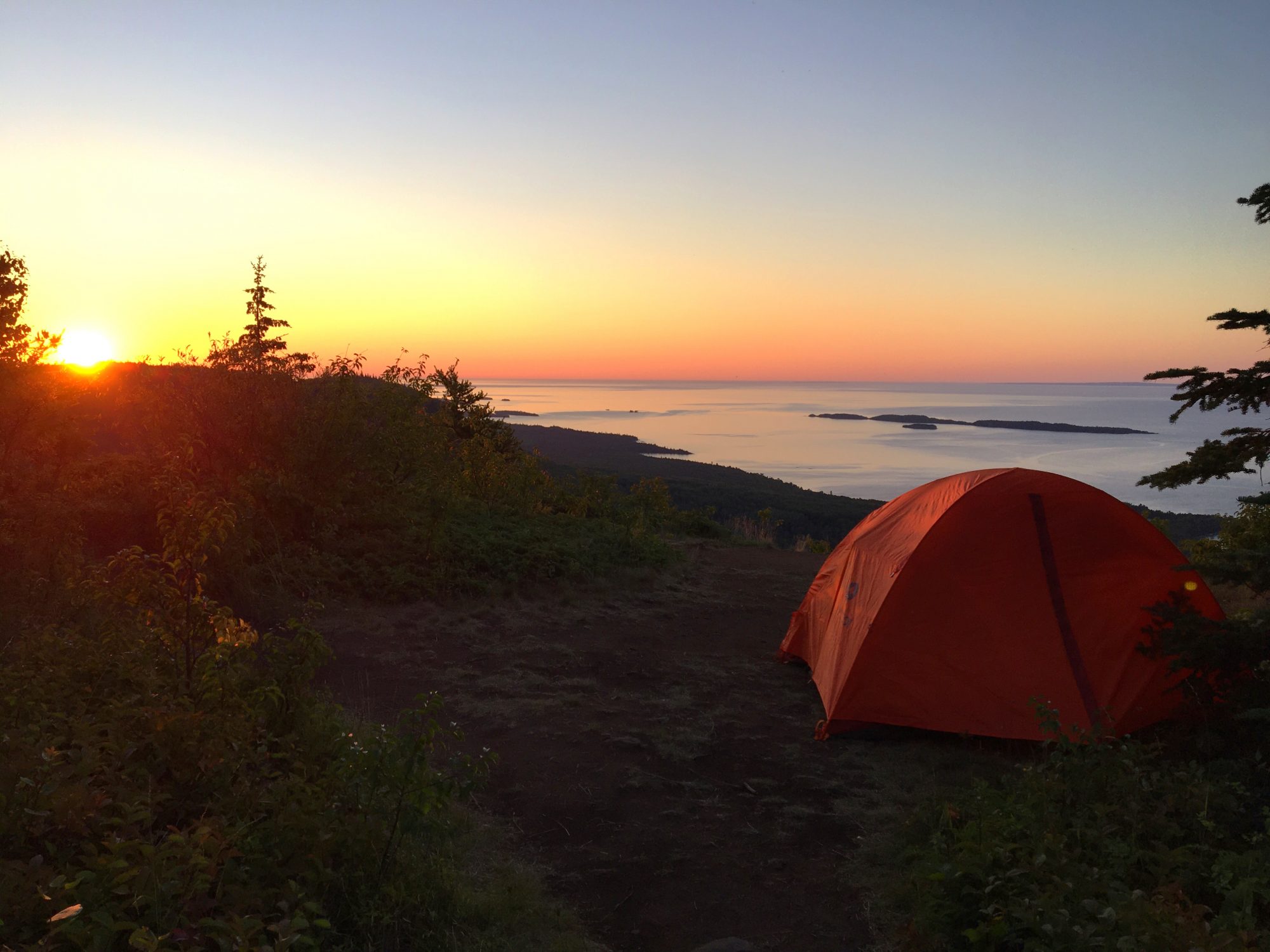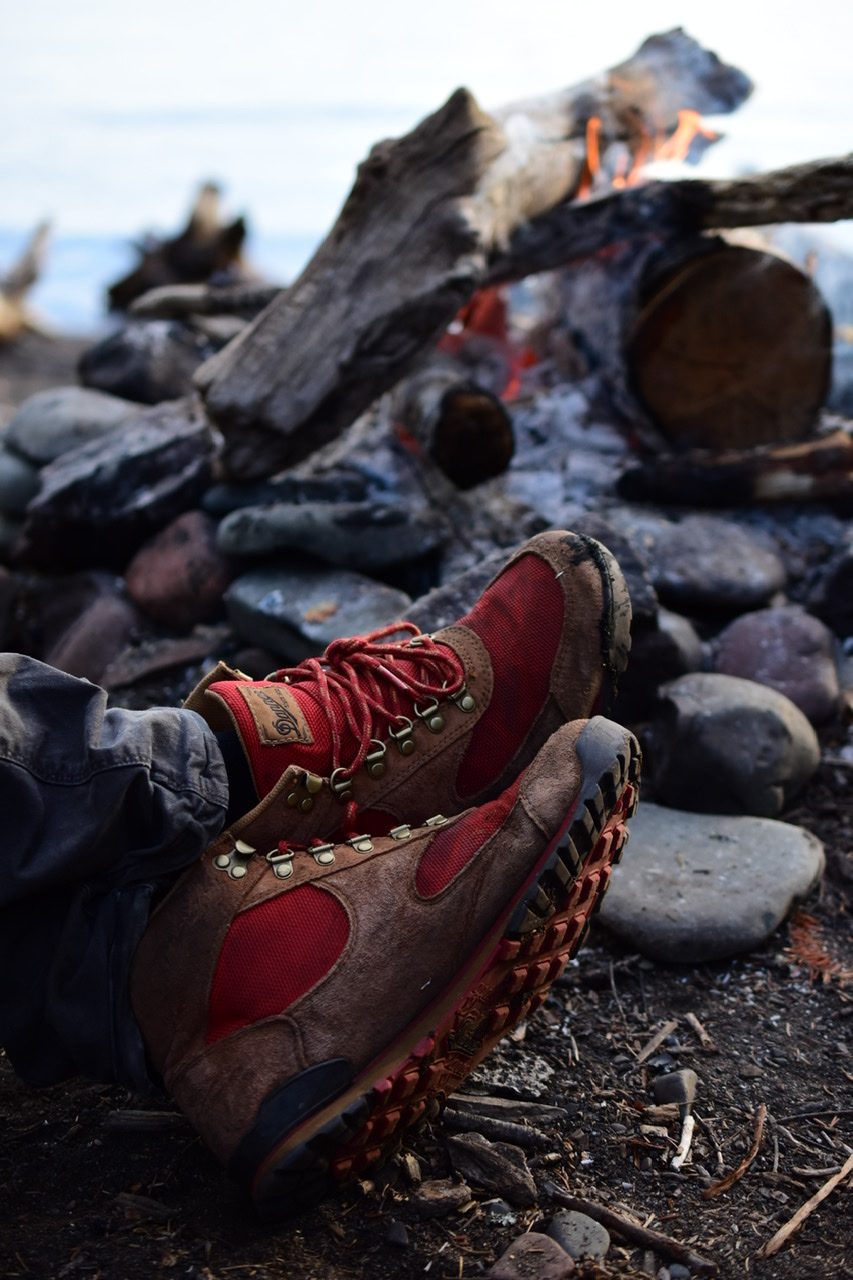
Backcountry Camping in Superior Country
Back to Superior Country BlogBackcountry camping, or primitive camping, is an immersive wilderness experience. Many provincial parks provide the opportunity to either hike or paddle to remote, secluded campsites. With limited – no amenities such as bathrooms, running water or electricity, backcountry camping challenges self-sufficiency.

Pukaskwa National Park and Sleeping Giant Provincial Park are two popular destinations for backcountry camping. Some experiences require a short hike to the campsite while others challenge foregoers to take a few days to paddle to their designated campsite. Evaluating your level of experience and endurance abilities are key factors to consider before undergoing a backcountry trip. For first timers, hike-in campsites are suggested considering paddle-to sites require a higher level of skill sets and knowledge. Backcountry camping in National / Provincial parks have grown in popularity due to the freedom of adventure it brings. Explore off the beaten path and become closer to nature at Pukaskwa National Park and Sleeping Giant Provincial Park by backcountry camping.
Pukaskwa National Park
Pukaskwa National Park is Ontario’s only wilderness national park, fittingly, backcountry camping is very popular within this location. Offering two equally thrilling backcountry experiences, adventurers can choose to take on the 60-kilometer Coastal Hiking Trail or paddle the 135-kilometer remote shoreline.

Hiking Pukaskwa National Park
The Coastal Hiking Trail treks through boreal forests, along sandy and pebbly Lake Superior beaches and offers stunning views all along the way. Visitors can expect difficult terrain, secluded campsites, and picture-perfect settings. There are 4 different trail excursions that can be done, along each of the 4 routes there are multiple campsites to choose from. The shortest trip being the “Mdaabii Miikna”, 2 nights, 3 days and 24km long. The longest trip is “The Real Deal” at 9 nights, 10 days and 120km long.

Paddling Pukaskwa National Park
Pukaskwa’s 135-kilometere long Coastal Paddling Route offers endless adventure for visitors equipped with the technical knowledge and skill set to take on the challenge. Take on the temperamental waters of Lake Superior and be rewarded with a picturesque coastline, crystal clear waters and beautiful sandy beaches to camp on. Some of the paddling routes can be done over a weekend while others have an average duration of two weeks. Plan a trip that suits your own and your groups skill set, experience level and within the groups respected comfort zones.
For more information on Backcountry Camping in Pukaskwa National Park: follow this link.
Sleeping Giant Provincial Park
Sleeping Giant Provincial Park is another great location for backcountry camping. Although there are no paddle-to destinations, there are 40 backcountry campsites spread out along over 100-kilometeres worth of hiking trails, giving endless adventure opportunity. With a variety of trails to choose from, Sleeping Giant is the perfect location for a first-time backcountry camper. With well maintained, well marked and easy-going trails; newbies can build their experience, skill set and endurance abilities at Sleeping Giant Provincial Park. Enjoy panoramic views at high altitudes and soothing lakeside campsites at water level.

Camping in remote areas requires the skill of being self-sufficient in the wilderness. To ensure a safe and rewarding experience, foregoers need to ensure they have the proper equipment and skills to be prepared for any type of weather, situation or emergency that may arise.
The Essentials
Some key essentials to take backcountry camping either by hiking or paddling include:
- Fire Starter / Kit
- First Aid Kit
- Map & Compass or GPS
- Whistle and/or Bear Spray
- Bug Repellent
- Pocket Knife
- Proper Layered Clothing
- Hiking Boots
- Hat & Gloves
- Rain Gear
- Sunglasses
- Tent
For more direction on equipment, tools and items to consider bringing: follow this link.

Tips & Reminders
Some key tips and things to remember while backcountry camping:
- The sun rises in the east and sets in the west (this can help determine time and location/direction if other indicators fail).
- The North Star always points to true north, no matter the season (learn how to find the North Star before undergoing a backcountry camping adventure.
- Learn the ABC’s of treating emergencies.
- Bees are found within a 6–8-kilometre radius of water, if you see bees, you’re near a source of water.
- Identify and know the importance of wind direction (don’t set up your tent downwind from your fire, ensure whatever is downwind and close to your fire is not flammable).
- If there is a halo around the sun or the moon, it usually indicates that low pressure is approaching.
- Always camp on high-ground and at a safe distance from water.
- Make a trip plan, share your trip plan (especially the timeline), and follow your trip plan.
- Discuss with staff at the location you’re planning to backcountry camp at what the potential hazards involved are, how to be prepared and if they have any further tips or required equipment for you.

 Walleye
Walleye Northern Pike
Northern Pike Lake Trout
Lake Trout Brook Trout
Brook Trout Steelhead
Steelhead Salmon
Salmon Smallmouth Bass
Smallmouth Bass Perch
Perch Superior Picnics
Superior Picnics